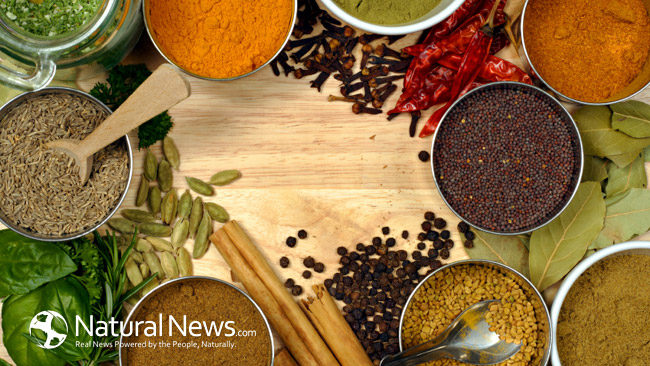Saffron is as old as civilization. Ancient Greeks used the spice, Saffron, to scent and purify their temples. The Roman’s used in their baths. Cleopatra used saffron as a facial mask. In Europe, Saffron was used to dye clothing red for use by nobility.
Spain used it as a culinary spice in fish dishes, i.e. Paella. Arabs added it to their coffee! Germans included saffron in their famous pot pies.
Today, saffron has become a popular supplement since studies show it can help control your appetite, reducing over indulgence.
It also is known to be the world’s most expensive spice! The higher cost is understandable when you find the bright reddish gold powder or strands are the “hand -picked” stigmata of flowers of the saffron plant. This can only be done at certain times of the year when in bloom, during a three week time-frame!
Luckily, for those who use Saffron, you only need a “pinch” at a time, so even though an ounce might be $60, it will last a longtime. It takes 80,000 crocus flowers and a quarter million dried stigmas to be handpicked before you can produce one pound of saffron.
How to use Saffron:
Always dissolve the strands or powder in warm water or milk for the beneficial compounds to be released.
Then you can add the liquid to any dish; soups, stews ,curries, pot pies and drinks! Break the strands or grind them before adding to liquid.
The taste of Saffron can vary, it’s aroma is likened to oaky wine and tastes honey-like. Once the saffron meets water its flavor will intensify; that ‘s why you only need a pinch. Be careful when buying saffron powders, some companies may combine Saffron and Turmeric to bring the price down!
In studies, Saffron can help control blood pressure, it is cheaper and with no drug side effects. A chemical compound called crocetin, in Saffron is known to reduce blood pressure just as well as your drug.
Saffron in Persia, is a traditional remedy for depression. In a study at the University of Tehran, they found Saffron’s effectiveness was very similar to that of Tofranil, a common antidepressant drug. This means it is helpful in insomnia and anxiety issues also.
Other studies have found it helps atherosclerosis by oxidizing cholesterol, the artery clogging plaque, by 30-40%. Saffron has also been found to helped with PMS and infertility, by increasing sperm motility. Researchers have even found that Saffron helped men with erectile dysfunction (ED), with a 44% improvement!
Saffron compounds can be beneficial for macular degeneration by increasing the circulation around the retina! Newer studies are showing it helps with nerve repair of the brain such as with Parkinson’s and MS.
In many parts of the world, Saffron has been used as a tea. Brew a few strands or pinch of powder in water or warm milk and drink. There are also concentrated extracts available, though they may be more expensive, and also in capsule form.
Perhaps just a spot of Saffron tea can help with the “Blues” or a “Down in the Dumps” type of day!
References:
Green Pharmacy Guide to Healing Foods by James Duke
Healing Spices by Bharat B. Aggarwal
www.blogs.naturalnews.com





